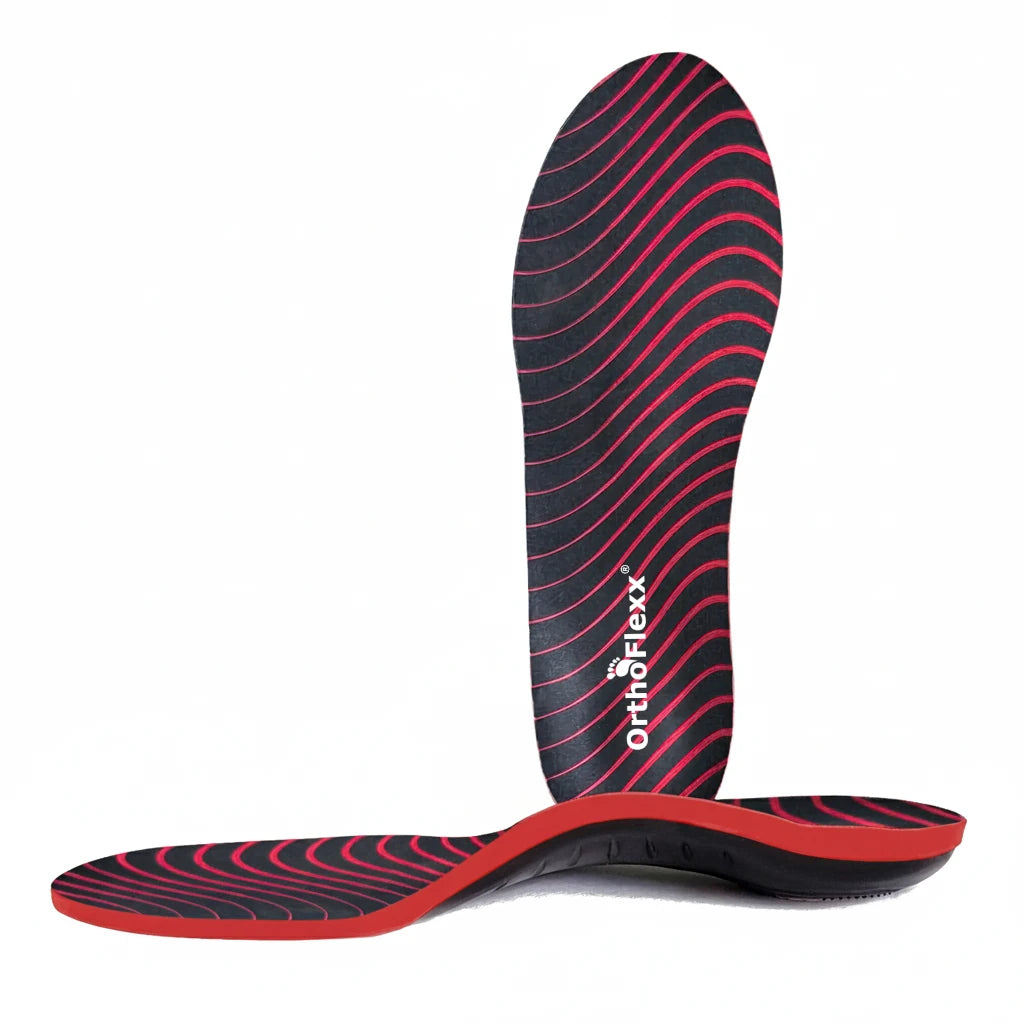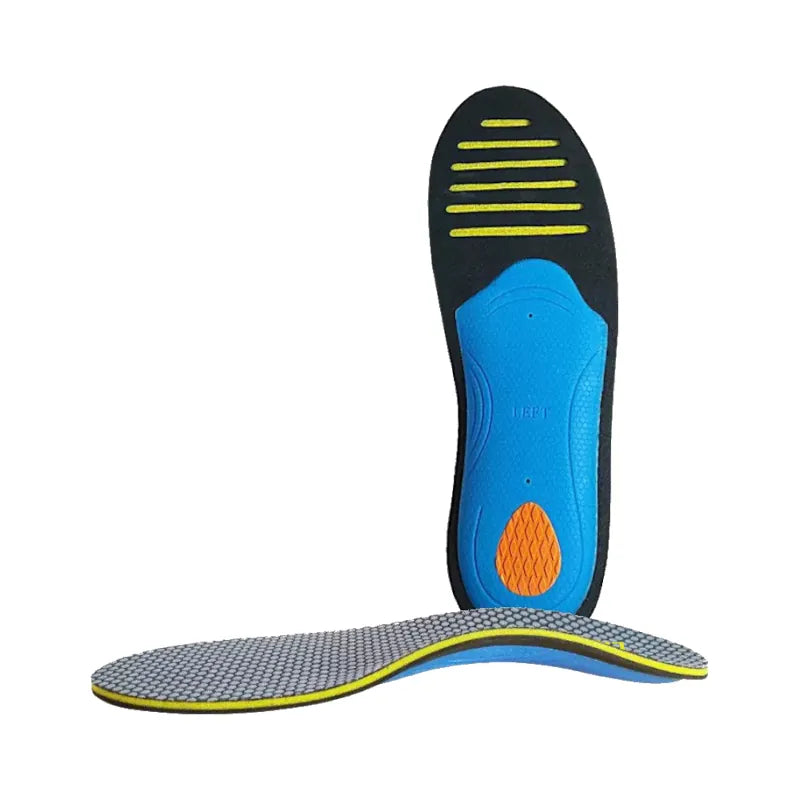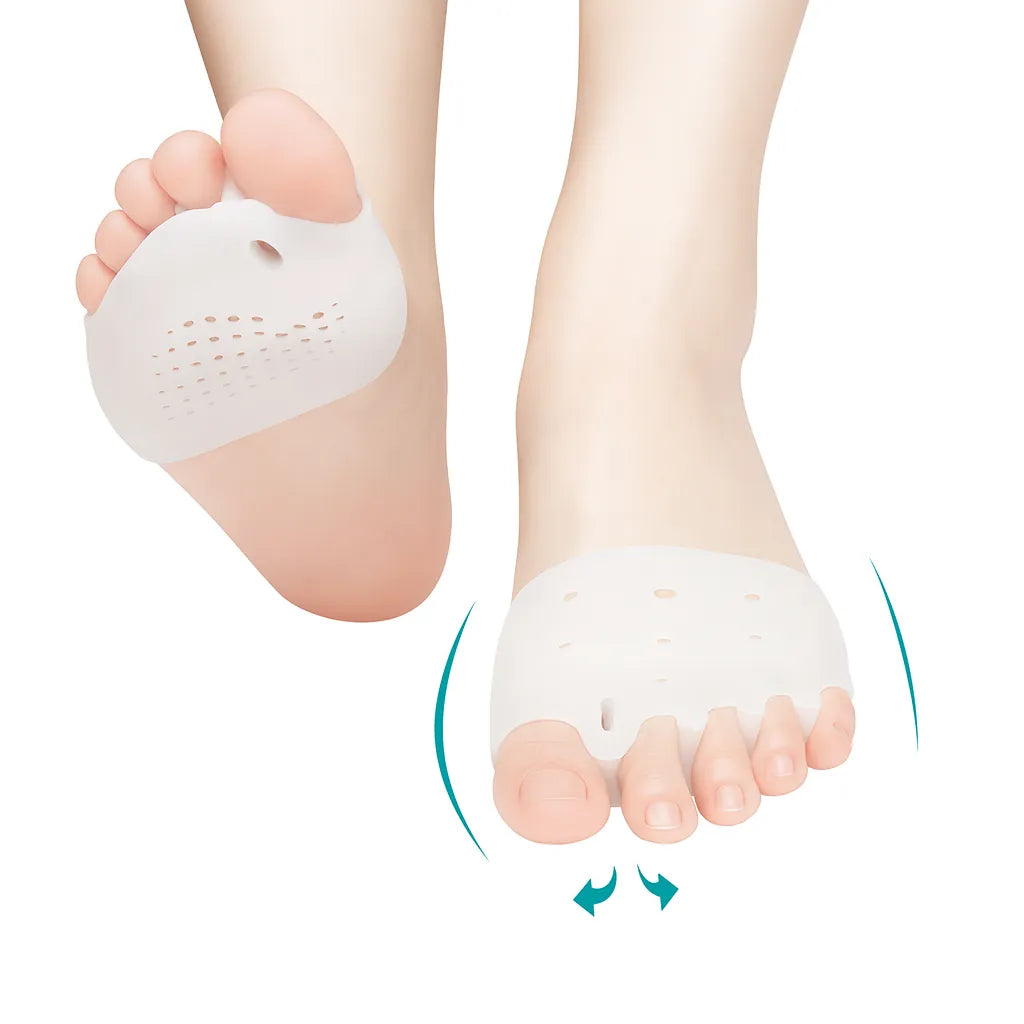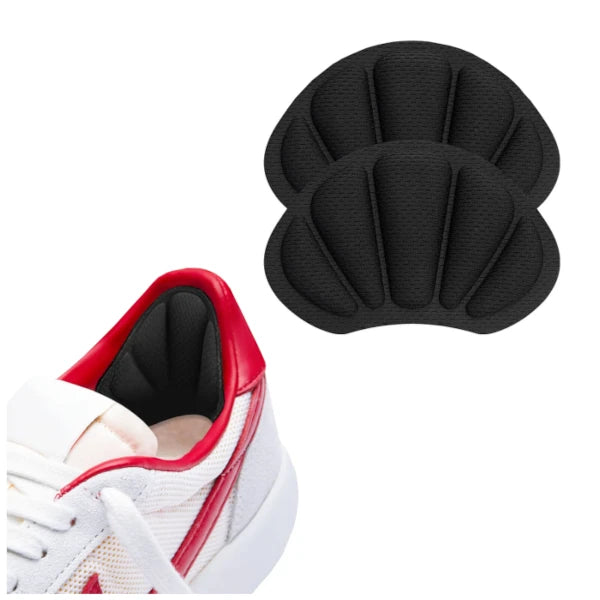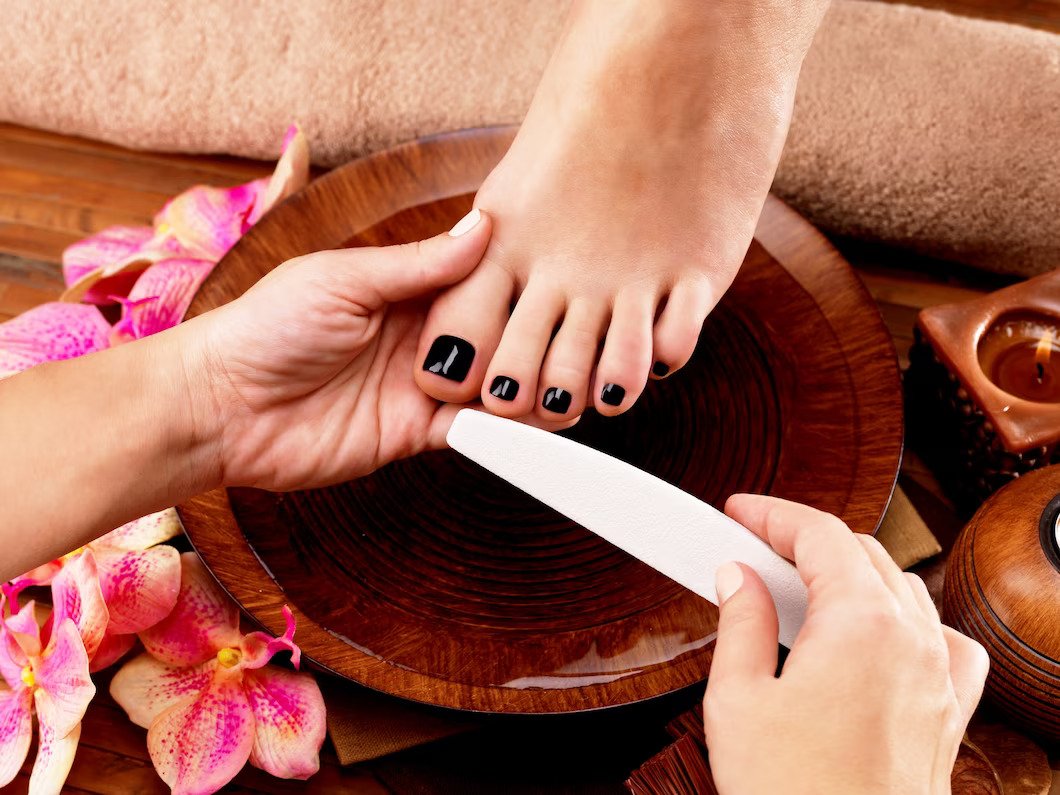
Preventing Foot Pain: Tips For Maintaining Healthy Feet
Share
10 Tips for Healthy Feet: Prevent Foot Pain
"Take care of your feet. You have only one pair, and they have to last a lifetime." - Dr. Erika Schwartz
Your feet play a crucial role in your daily life, providing support and mobility. Neglecting their health can lead to discomfort, pain, and even impact your overall well-being. From common conditions like bunions and plantar fasciitis to more serious issues associated with diabetes or poor circulation, foot problems can significantly affect your quality of life. However, by implementing proactive foot care practices and following simple tips for maintaining healthy feet, you can prevent many of these issues and keep your feet happy.
Importance of Proper Nail Care
Regular trimming to prevent ingrown nails
Trimming your nails regularly is crucial for maintaining healthy feet. By keeping your toenails at an appropriate length, you can prevent the occurrence of ingrown nails. Ingrown nails can be painful and lead to infections if left untreated. So grab those nail clippers and give your toenails a trim!
Proper cleaning techniques to prevent fungal infections
Keeping your feet clean is vital in preventing fungal infections, such as athlete's foot or toenail fungus. Make sure to wash your feet thoroughly with soap and warm water on a daily basis, paying extra attention to the area between your toes where moisture tends to accumulate. Drying your feet completely after washing will help eliminate any lingering moisture that could contribute to fungal growth.

Maintaining healthy feet involves taking care of every aspect, including proper nail care. Regularly trimming your toenails, avoiding excessive use of nail polish, and practicing proper cleaning techniques are all essential steps in preventing foot pain and maintaining overall foot health.
Tips for Choosing Well-Fitted Shoes
Measuring feet for accurate shoe size
To prevent foot pain and discomfort, it's crucial to wear shoes that fit properly. One tip for choosing well-fitted shoes is to measure your feet regularly to ensure you have an accurate shoe size. Our feet can change over time due to factors such as weight gain or loss, pregnancy, or ageing. By measuring your feet periodically, you can avoid wearing ill-fitting shoes that may cause pain or discomfort.
Trying on shoes in the afternoon when feet are at their largest
Another helpful tip is to try on shoes in the afternoon when your feet are at their largest. Throughout the day, our feet tend to swell slightly due to activities and gravity. By trying on shoes during this time, you can ensure a better fit that accommodates any swelling that may occur.
Ensuring proper width and arch support for comfort
When selecting new shoes, it's essential to consider not only the length but also the width and arch support. Ill-fitting shoes that are too narrow or too wide can lead to foot pain and various foot conditions such as bunions or hammertoes. Look for shoes with ample room in the toe box area and choose a width that provides a comfortable fit without squeezing or pinching your toes.

In terms of arch support, different individuals have different arch types (high, medium, low). It's important to find shoes that offer adequate support for your specific arch type. This will help distribute weight evenly across your feet and prevent excessive strain on certain areas.
By following these tips for choosing well-fitted shoes - measuring your feet regularly, trying on shoes in the afternoon when they're at their largest, and ensuring proper width and arch support - you can maintain healthy feet and reduce the risk of foot pain and discomfort.
Preventing Foot Pain: Recognizing and Addressing Swelling
Understanding Causes of Foot Swelling
Foot swelling can be caused by a variety of factors, including injuries or medical conditions. Injuries such as sprains or fractures can lead to swelling in the feet. Medical conditions like poor circulation, arthritis, or diabetes may also contribute to foot swelling. It's important to identify the underlying cause of the swelling in order to address it effectively.
Elevating Legs and Applying Cold Compresses
If you're experiencing foot swelling, elevating your legs can help reduce the inflammation. By raising your feet above heart level, you allow gravity to assist in draining excess fluid from your feet. Applying cold compresses or ice packs to the swollen areas can help reduce pain and inflammation. The cold temperature constricts blood vessels and reduces blood flow to the area, alleviating swelling.
Seeking Medical Attention for Persistent Swelling
While mild foot swelling is often temporary and harmless, persistent or severe swelling should not be ignored. If your foot remains swollen for an extended period of time or is accompanied by pain, it's crucial to seek medical attention. A healthcare professional can evaluate your symptoms and determine if further investigation or treatment is necessary.
Maintaining Clean and Dry Feet: Essential Practices
Daily washing with soap and warm water
To keep your feet healthy and prevent foot pain, it's crucial to practice good hygiene. Start by washing your feet daily with soap and warm water. This helps remove dirt, sweat, and bacteria that can accumulate on your skin throughout the day.
Thoroughly drying between toes to prevent moisture buildup
After washing your feet, make sure to dry them thoroughly, paying special attention to the spaces between your toes. Moisture buildup in this area can create an ideal environment for fungal infections like athlete's foot. By keeping your feet dry, you reduce the risk of developing such conditions.
Understanding and Preventing Athlete's Foot
Athlete's foot, caused by a fungus, can be an irritating and uncomfortable condition. It's important to recognize the symptoms of athlete's foot, such as itching, redness, and peeling skin. If you experience these symptoms, it's crucial to take action to prevent further discomfort.
To prevent athlete's foot, it is essential to keep your feet clean at all times. This is especially important in public areas like gyms, pools or locker rooms where the fungus can easily spread. Make sure to wash your feet thoroughly with soap and water every day.
Wearing breathable footwear is another key step in preventing athlete's foot. Opt for shoes made of materials that allow air circulation, such as mesh or leather. Avoid wearing tight-fitting shoes that can create a warm and moist environment ideal for fungal growth.
Changing your socks frequently also plays a significant role in preventing athlete's foot. Remember to choose socks made from natural fibers like cotton or bamboo rather than synthetic materials.

In addition to these preventive measures, over-the-counter antifungal treatments can be used if you suspect you have athlete's foot. These treatments come in various forms such as creams, sprays, or powders and can help eliminate the fungus causing the infection.
It is worth noting that if home remedies do not provide relief within two weeks or if the infection worsens, it is advisable to consult a healthcare professional for further treatment options.
Preventing athlete's foot requires consistent effort in maintaining good hygiene practices and making smart choices. By incorporating these preventive measures into your daily routine, you can reduce the risk of developing this uncomfortable condition.
Achieving Happy and Healthy Feet
Congratulations on completing the sections that will help you prevent foot pain and maintain healthy feet! By now, you have learned about the importance of proper nail care, how to choose well-fitted shoes, how to recognize and address swelling, the significance of maintaining clean and dry feet, and ways to understand and prevent athlete's foot. These steps are essential in keeping your feet happy and pain-free.
To continue caring for your feet, remember to incorporate these tips into your daily routine. Take a few minutes each day to trim your nails properly, ensuring they are not too long or too short. Invest in well-fitted shoes that provide proper support and cushioning for your feet. Keep an eye out for any signs of swelling or discomfort, as early intervention can prevent further issues. Maintain good hygiene practices by washing your feet regularly with soap and water, ensuring they are thoroughly dried afterward. Finally, be mindful of preventing athlete's foot by keeping your feet clean and dry at all times.
Your feet work hard every day to keep you moving forward; it's time to give them the attention they deserve! By implementing these tips into your daily routine, you can maintain healthy feet and minimize the risk of foot pain or discomfort. Remember, taking care of your feet is an ongoing process that requires consistency and attention.
FAQs
How often should I trim my toenails?
It is recommended to trim your toenails approximately every two weeks. However, this may vary depending on how fast your nails grow.
Can wearing high heels cause foot pain?
Yes, wearing high heels for extended periods can lead to foot pain as they put pressure on certain areas of the foot and alter its natural alignment.
Are there any exercises I can do to strengthen my feet?
Absolutely! Exercises like toe curls, arch lifts, and ankle rotations can help strengthen the muscles in your feet and improve their overall health.
How can I prevent athlete's foot?
To prevent athlete's foot, make sure to keep your feet clean and dry, wear breathable socks and shoes, avoid walking barefoot in public areas, and change your socks regularly.
What should I do if I experience persistent foot pain?
If you are experiencing persistent foot pain, it is best to consult a healthcare professional for a proper diagnosis and appropriate treatment options tailored to your specific condition.
